|
The exhibition returns to the sources of tattooing and presents the renewed of this phenomenon in its now permanent and globalised manifestation. In so-called “primitive” societies from the Oriental, African and Oceanian worlds, tattooing has a social, religious and mystical role and accompanies the subject in their rites of passage, including them in the community. Conversely, in the West, they have been seen as a mark of infamy, criminality, a circus attraction (with the phenomenon of side shows) and as a mark of identity for urban tribes.
During the first half of the 20th century, tattooing developed within marginal circles and remained a somewhat clandestine signal until being over-exposed by the media. Today, publicity and fashion take inspiration from these codes. This geographical and antinomian approach is today disappearing: in traditional societies, tattooing has lost its ritual exclusivity; in urban societies and in the “westernised” lifestyle, its marginal character is fading and it is becoming a relatively common bodily ornament.
University researchers have already examined the ethnological and anthropological values of tattooing, before exploring the sociological landscape and psychological meanings. Universities have recently been studying the popularisation of the practice in the urban environment, which establishes the body as a venue for self-affirmation.
Curated by Anne and Julien, editors of ‘outsider’ art magazine Hey!, well-known French tattooist Tin-Tin, and experts in their field, Pascal Bagot and Sébastien Galliot, the exhibition Tatoueurs, Tatoués (tattooists, tattooed) traces the history of the tattoo from the 18th century to the present-day.
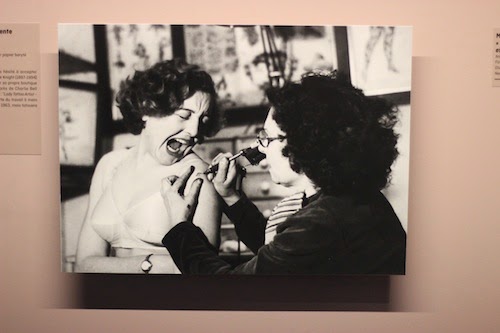 Britain’s first female tattoo artist, Jessie Knight, at work in 1955. © Getty Images Britain’s first female tattoo artist, Jessie Knight, at work in 1955. © Getty Images
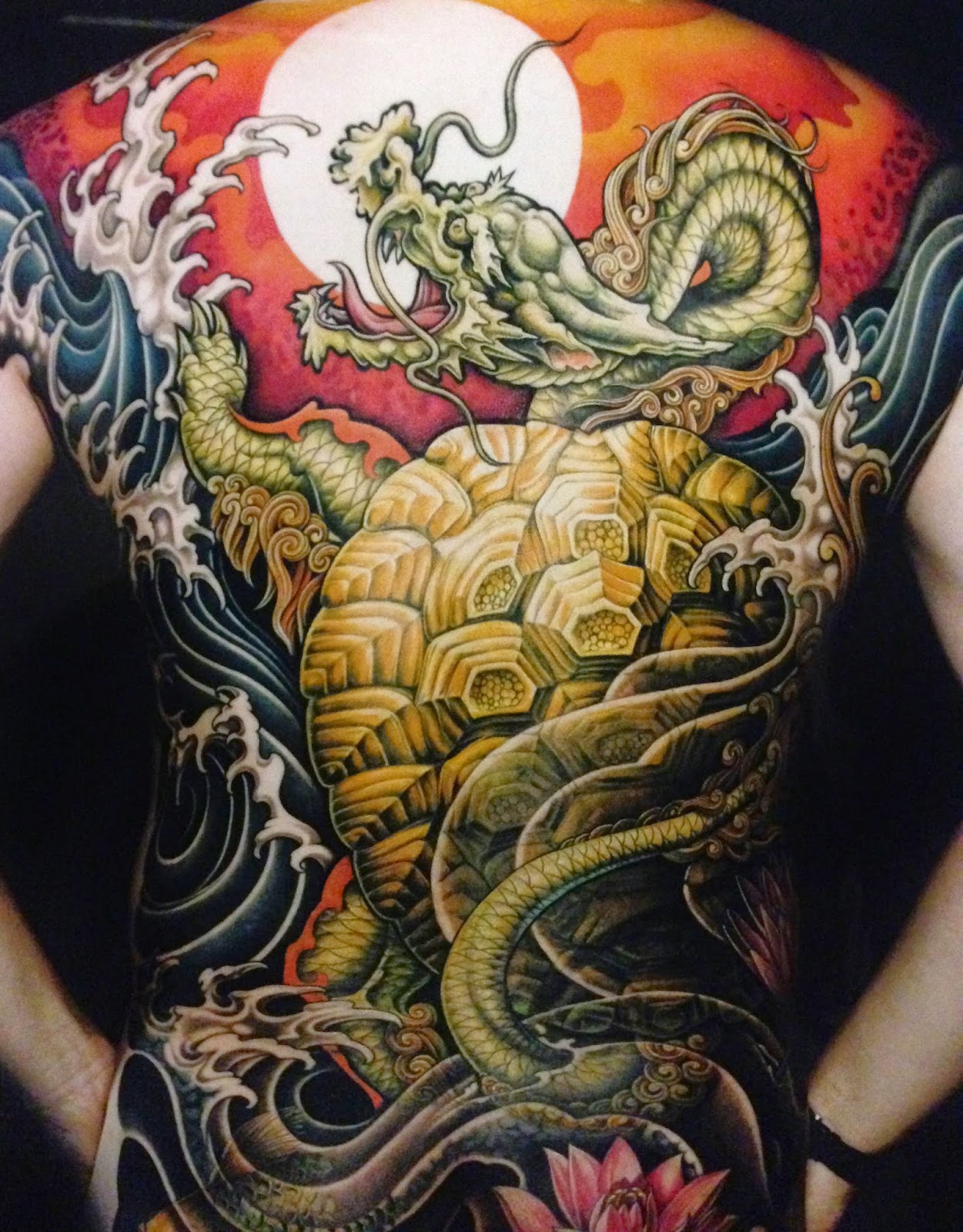 (via www.bullesdeflo.com) (via www.bullesdeflo.com)
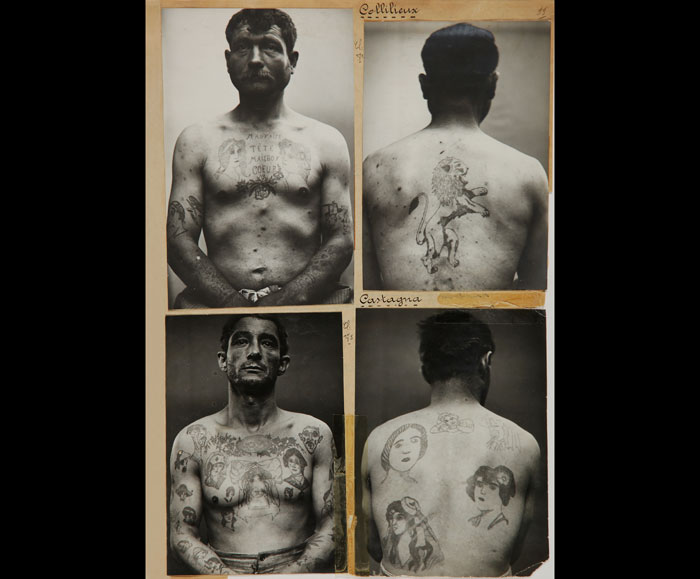 Images from the “Lacassagne” series, anthropological photographs taken between 1920 and 1940 at the police headquarters in Lyon under the direction of Dr Jean Lacassagne, the son of Alexander Lacassagne, the founder of modern police forensics. Photo: © Gdalessandro / NPHS Images from the “Lacassagne” series, anthropological photographs taken between 1920 and 1940 at the police headquarters in Lyon under the direction of Dr Jean Lacassagne, the son of Alexander Lacassagne, the founder of modern police forensics. Photo: © Gdalessandro / NPHS
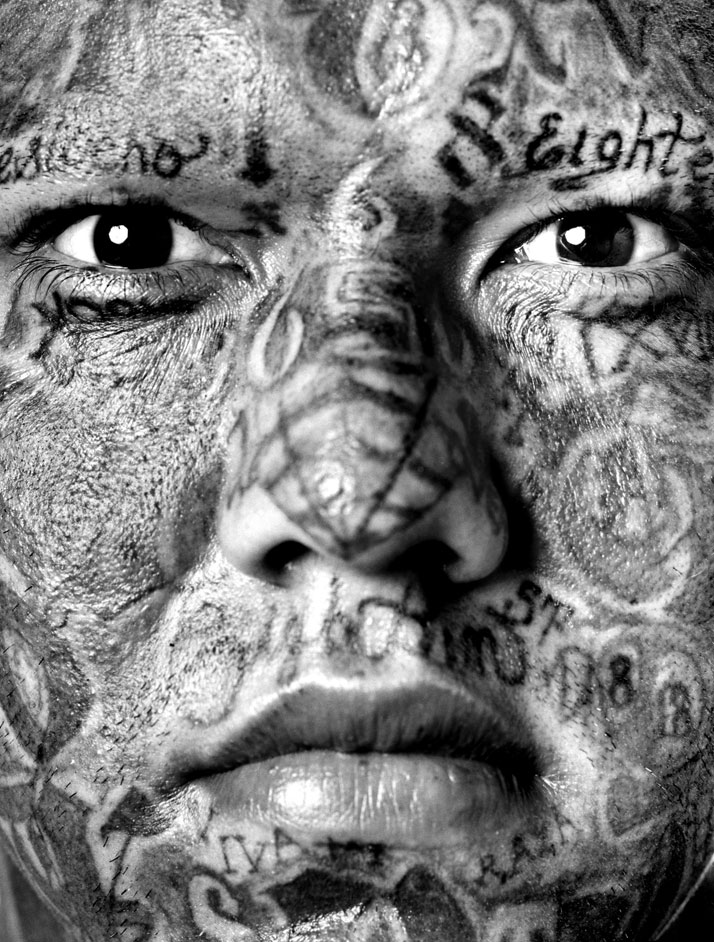 Maras portrait, 2006. © Isabel Muñoz Maras portrait, 2006. © Isabel Muñoz
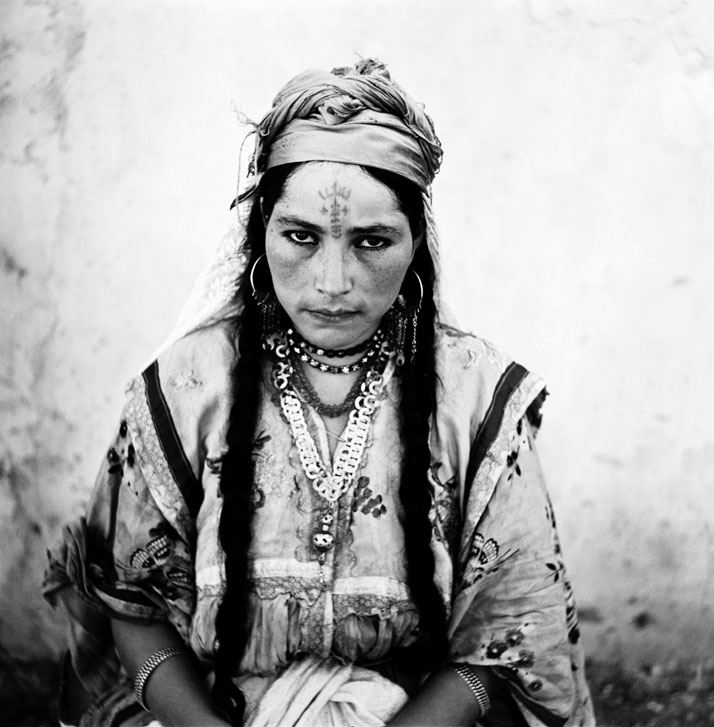 Portrait of an Algerian woman, Algeria, 1960. © Marc Garanger, artist’s private collection Portrait of an Algerian woman, Algeria, 1960. © Marc Garanger, artist’s private collection
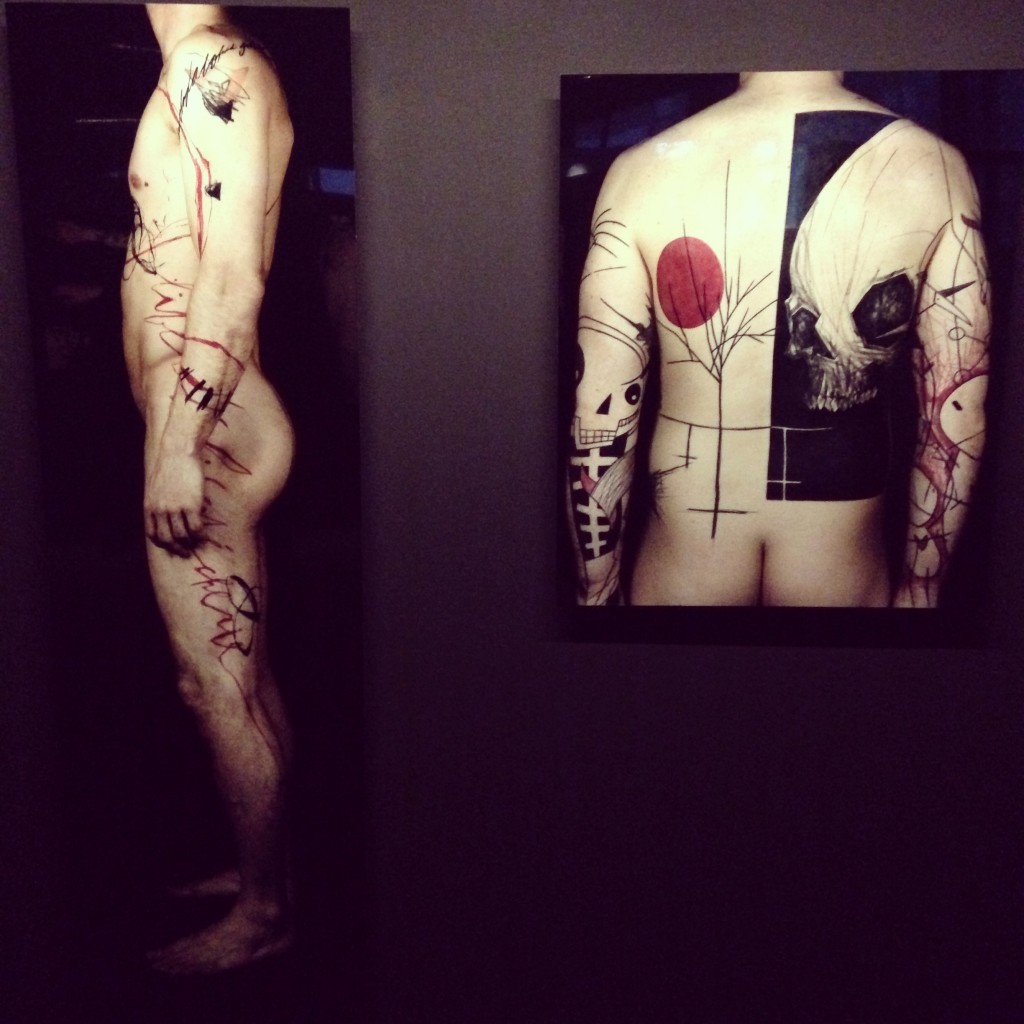 (via www.beau-dimanche.com) (via www.beau-dimanche.com)
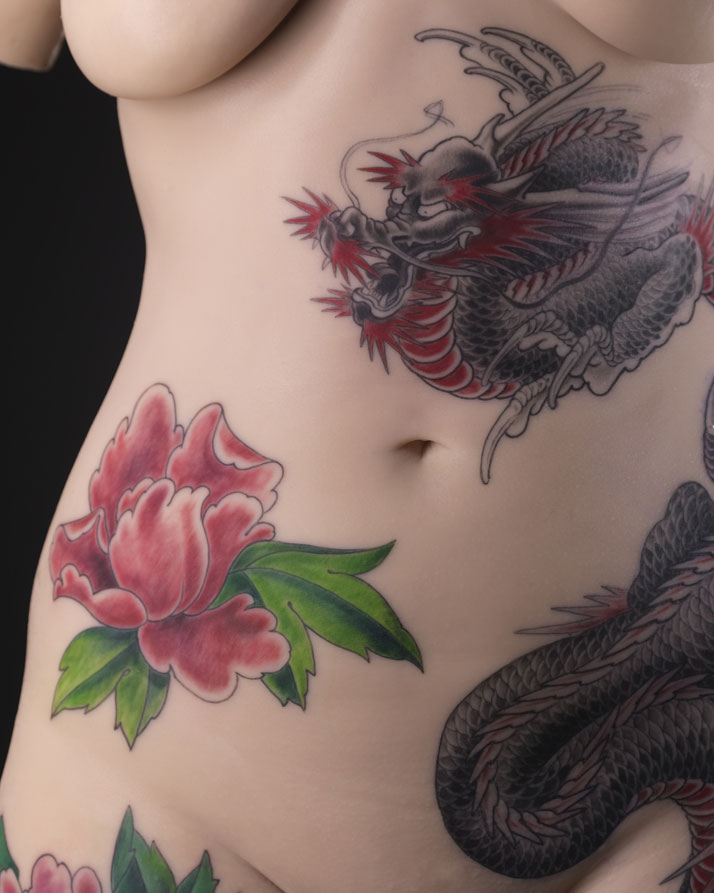 Tattoo on a female body, silicone. Artist: Tin-Tin, France, 2013 © Musée du quai Branly. Photo: Thomas Duval Tattoo on a female body, silicone. Artist: Tin-Tin, France, 2013 © Musée du quai Branly. Photo: Thomas Duval
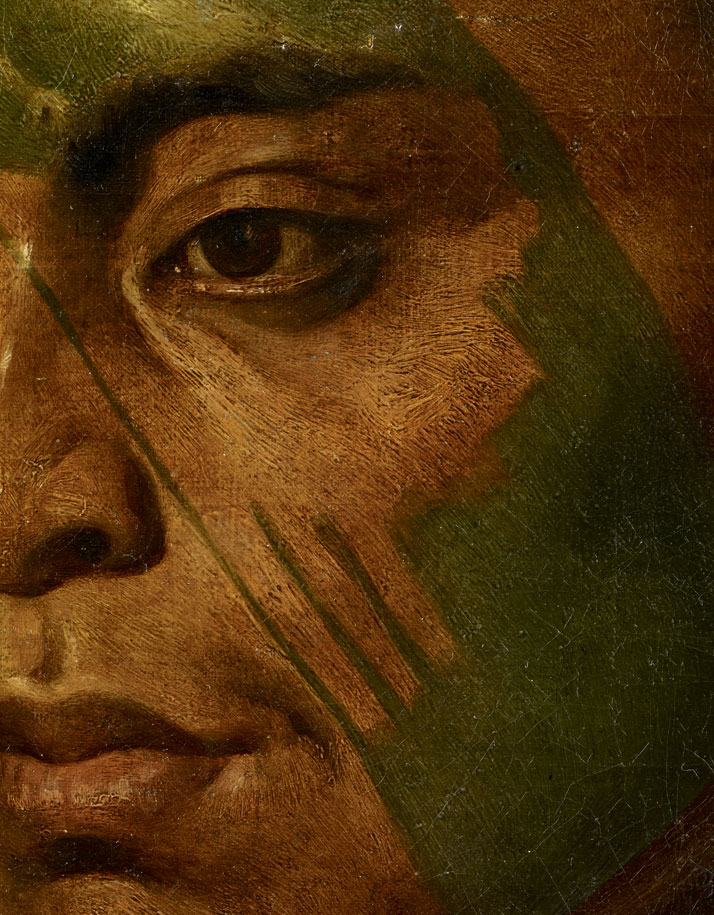 Tattooed man from the Marquise Islands, 19th century. Artist: Anonymous. © Musée du quai Branly. Photo: Claude Germain Tattooed man from the Marquise Islands, 19th century. Artist: Anonymous. © Musée du quai Branly. Photo: Claude Germain
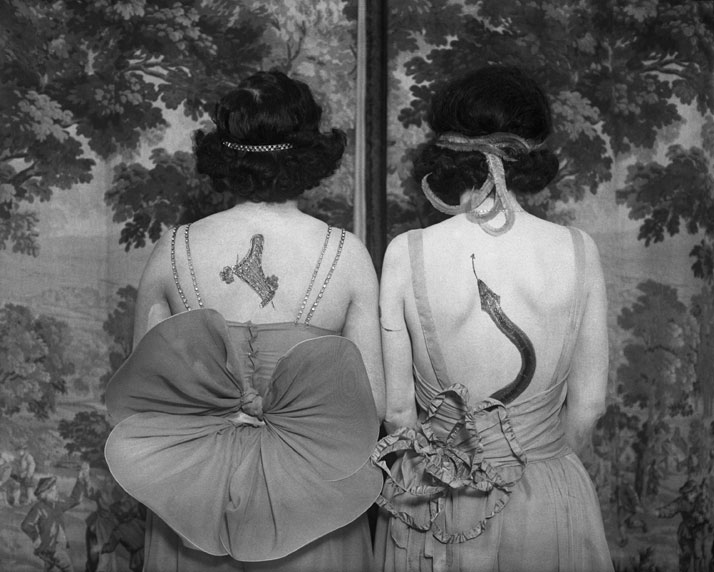 Women wearing tattoos and costumes. Photographer: Anonymous. © CORBIS pour Bettmann Women wearing tattoos and costumes. Photographer: Anonymous. © CORBIS pour Bettmann
Yantra: The Sacred Ink, regizat de Cedric Arnold, poate fi vizionat în cadrul expoziției (printre altele).
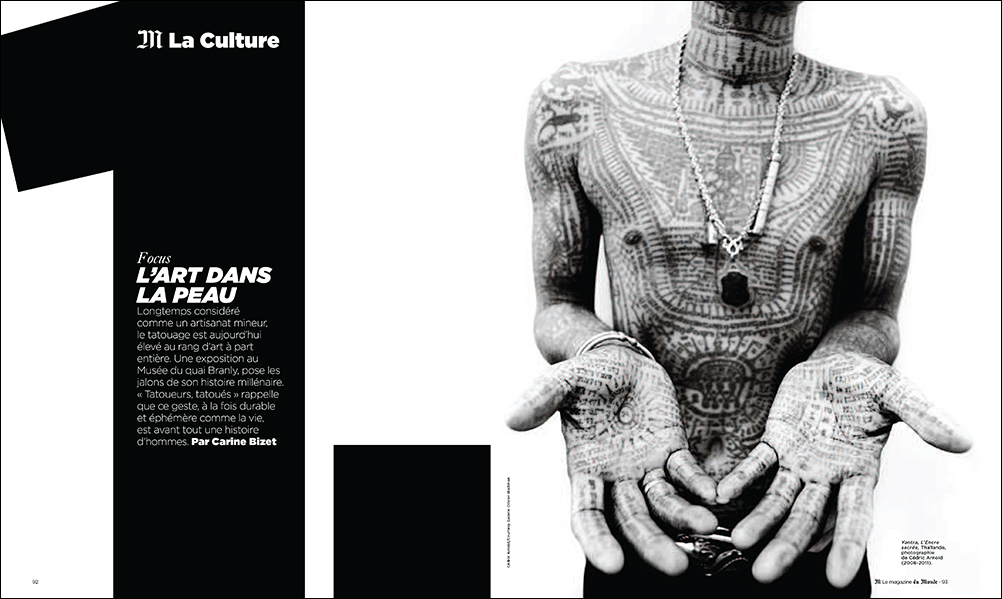
————-
Găzduită de Muzeul Branly, expoziția Tatoueurs, Tatoués este cea mai mare expoziție de(spre) tatuaje din lume și poate fi vizitată până în 18 octombrie 2015.
musée du quai Branly
37, quai Branly
75007 Paris
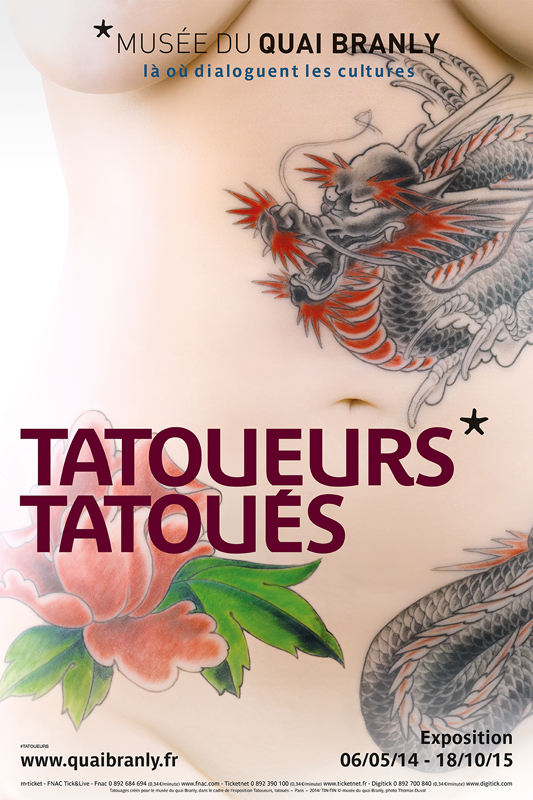
Comentarii comentarii
|